I have friends who are long distance runners and I have watched them struggle through their pain to achieve their goals. Although I used to train for both cross country and track way back in middle-school, I can no longer run. But I do understand a thing or two about the process. And I appreciate what it means to endure hardships in search of a personal reward.
Beginning a Clinical Trial
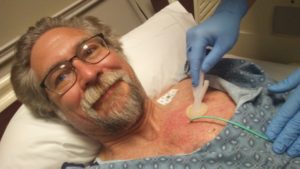
At the end of May, I began participating in a clinical trial for Poziotinib, a new targeted therapy that works on mutations in the EGFR and HER categories. Naturally, within days of my May 23rd start, I had already begun exhibiting side-effects from the new medication. The resulting rash has persisted and spread, morphing into a completely new experience for me. I thought at the time that the minor ordeal I had in preparing for the clinical trial would have been the biggest challenge of the trial itself: first I went in for a “simple” needle biopsy procedure, then I had to stay to deal with the effects when things did not go exactly according to plan. The experience even inspired an opinion piece for the Philadelphia Inquirer. But I passed over that (still relatively minor) road bump and ran headlong into the clinical trial and resulting crash back into Rashville.
Having a rash does not sound all that bad in the grand scope of things. A little salve, a dollop of willpower, and it should be easy to weather. Itching too much? Slip on some gloves or spray it with lidocaine. Rashes pass. At least it is not nausea or debilitating pain or sleeplessness. Well, at least it is not nausea.
The Trials of the Rash
The itching did not take long to morph into burning and then into waves of pain that were especially harsh through the sensitive skin along my scalp. The description that hit it best was the feeling that my scalp was being peeled off by a hot knife while salt was being poured in the open wound as it cut away. And of course I was getting virtually no sleep — the itching would have been enough on its own, but the burning and pain that sometimes covered my whole torso ensured that no drugs I had were enough to help knock me out long enough to get rested. But this is not a pity party. I took action where I could. I broke out all my old ointments and creams and sought out any new products that might prove useful. I invested in sprays of benzocaine and lidocaine and got new oils for my head.
My oncologist sent me prescriptions for new steroids, one for my skin and one for my scalp; the latter showed an improvement within days, but at a bit of a cost. While the steroid came in a conveniently watery solution, making it possible to get past the hair and to the source of inflammation, I was stunned by how much it burned when applied. Had I looked at the ingredients, I would have noticed it was mostly alcohol, which I was pouring over what was essentially an open wound of ruptured sores. Somehow, it took me days to notice that minor fact, but I toughed it out two or three times a day until I noticed that it was working before I took a good look at that packaging. Later, I would have a good laugh with my oncologist over that, but for the first week or so of use it was no joke.
(The images in the gallery below will give you a chronological view of my first four weeks of treatment and how it affected my skin and scalp, as well as a few of the products that I used to deal with it.)
Along with the spreading of red sores, thousands of tiny blemishes, really, there was also the familiar splitting of the skin at my fingertips. Like getting multiple papercuts curved along the lines of my fingerprints, these were tiny but painful reminders of how tricky treatment can be. Some days, I would barely notice them. Other days, I had to wear gloves to pick anything up, much less just touch an object. I invested in “finger cots,” which are like small balloons that fit right over the phalanges. It was amazing how a thin layer of latex or nitrile could make such a difference, but now they are simply a regular part of my day. On the plus side, the mouth sores that often come with this sort of treatment appeared and disappeared rather quickly early on.
Four Weeks of Pills, Then a Reckoning
When I went in for my four-week evaluation, I was a bit nervous. My last two treatments, targeted along the same lines as this one, had been relatively (if not completely) ineffective. I had watched the tumor in my lung changing shape and spreading through CT scans over the past ten months. After an initially optimistic beginning, I had been forced to endure radiation therapy that left my gut temporarily damaged and began my sudden, drastic drop in weight. Objectively, I was still slightly underweight, and I definitely was not comfortable with the idea of starting yet another treatment if this one proved pointless.
Before seeing my oncologist, I went through the requisite blood tests, and I took another CT scan. This was the litmus test that would show whether the ordeal of the previous four weeks had been worthwhile. Then I waited quietly in the exam room. I answered some questions for the study nurse. My oncologist walked in, shook my hand, and gave me a thorough physical exam — we talked about what I had been going through and considered any new medications or approaches I could try to help with the side-effects. Then he looked at the scan.
(Continued below the gallery.)
The scan showed us quite a lot, and all of it was good. For the first time in months, there was clarity to the edges I was seeing. My primary tumor was markedly smaller and the lungs looked clearer overall. My oncologist put comparative scans up on his computer, showing essentially a before and after view of this treatment, and it looks like the strongest response I have had to treatment since probably my initial three months of chemotherapy.
But in only four weeks.
We have spoken often about risk and reward, balancing the difficulties of treatment with the expected results. And we understand that you don’t always get what you want out of these situations. Sometimes, like my last treatment, there are no side-effects worth mentioning (okay, there really were no side-effects that proved noticeable at all) but there also was no effect on the cancer itself. Sometimes, like the treatment before that, there are mounting side-effects that become more and more difficult only to also discover that the cancer was not responding as expected (or at all).
And then sometimes you get hit with a Mac truck right out of the gate, dragged naked along a rocky road, and dumped into a salt lake to shake off the gravel. But when you rise, dripping and stinging, you find that you are far, far better off than how you were before the smackdown. And at that point, you raise your head and consider, seriously consider what another round of that would be like, if, just maybe, you could repeat those results a second time…
And then you might just nod your head and say, let’s do this again.
I talk about my first month of treatment in my erstwhile podcast over on my Patreon page.
If this post resonates with you, please consider supporting my work through a monthly subscription to my feed on Patreon, or a one-time donation through PayPal. Follow me on Twitter, Facebook, Tumbler and many other fancy social sites or apps. Please share my posts to groups you are involved with on Reddit or Google+ or anywhere else that you feel it will help or enlighten or inspire another reader. (Sharing buttons are below the post!)
Thank you!

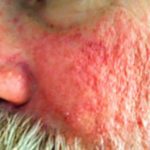
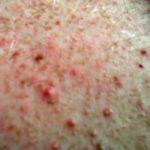
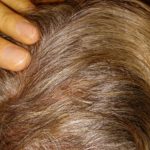
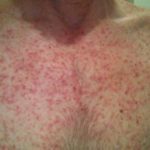
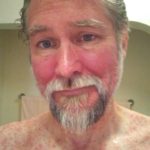
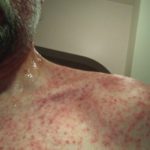
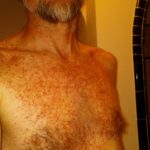
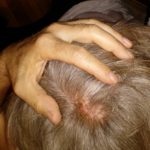
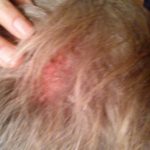
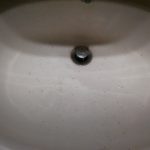
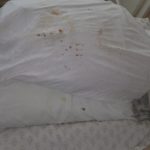
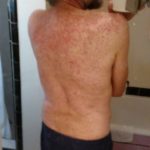
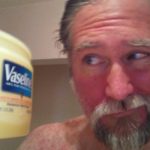

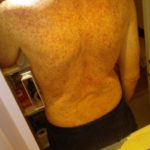
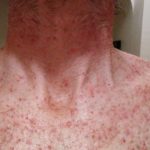
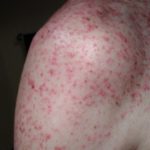
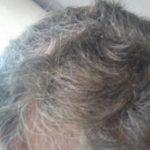
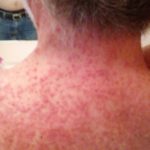
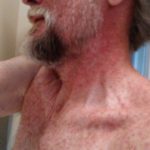
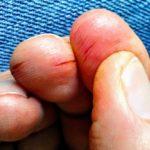
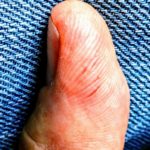

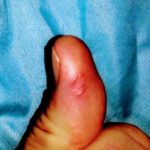
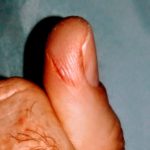
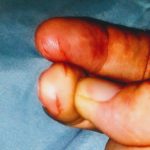
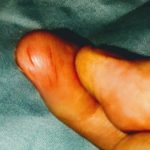
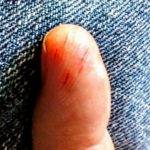
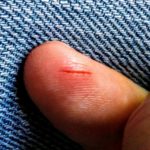
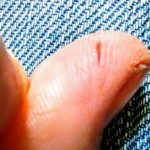

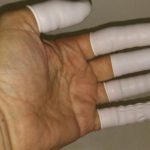

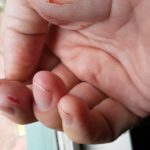
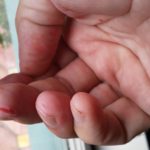
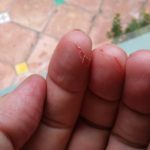
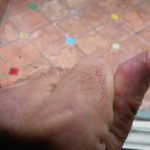
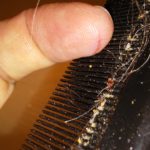
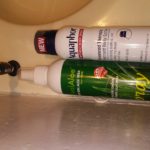
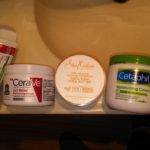
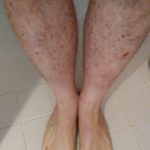

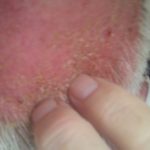
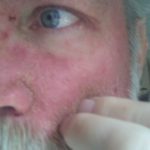
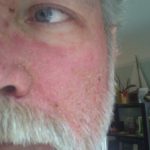
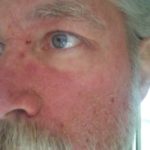
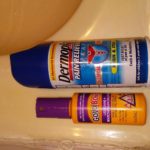
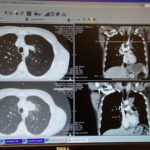
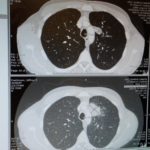
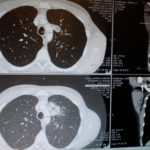

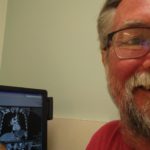


3 thoughts on “Endurance and Payoff”